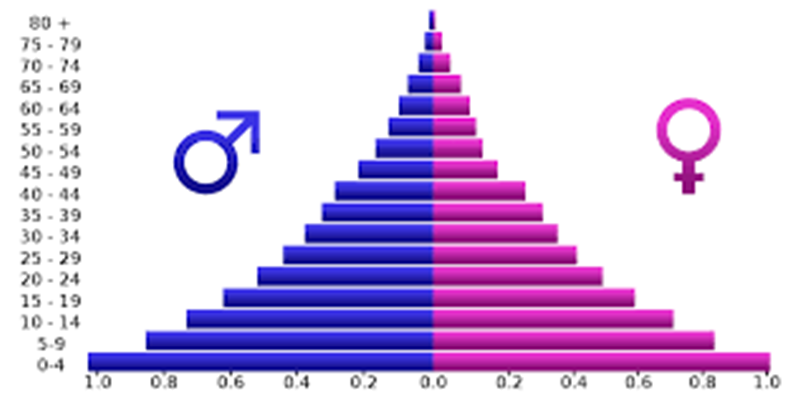- Books Name
- Learn with me Social Science Book
- Publication
- Learn with me publication
- Course
- CBSE Class 9
- Subject
- Social Science
POPULATION SIZE AND DISTRIBUTION
• People are themselves resources with varying qualities.
• Population is the point of reference from which all other elements are observed and from which they derive significance and meaning like resources, calamities, disasters etc.
• The Census of India provides us with information regarding the population of our country.
• Census is an official enumeration of population done periodically. In India census is held every 10th year.
• Uttar Pradesh accounts for about 16 per cent of the country’s population.
• India’s population as in March 2001 stood at 1,028 million accounting for 16.7 per cent of the world’s population.
• Almost half of the India’s population lives in just five states. These are Uttar Pradesh, Maharashtra, Bihar, West Bengal and Andhra Pradesh.
• Population density is calculated as the number of persons per unit area.
• Population density is affected by relief of the area.
Population Growth
• The numbers, distribution and composition of the population are constantly changing. Hence population is a dynamic phenomenon.
• Growth of population refers to the change in the number of inhabitants of a country/territory during a specific period of time.
• Since 1982 India’s population growth rate is on the decline.
• When more than a billion people increase even at lower rate, the total numbers added becomes very large.
• The declining trend of the growth rate is indeed a positive indicator of the efforts of birth control.
• The natural increase of population is the difference between birth rates and death rates.
• The number of deaths per thousand persons in a year is the Death Rate.
• Migration is the movement of people across regions and territories.
• Migration can be internal and international.
• Migration changes not only population size but also the population composition of urban and rural populations in terms of age and sex composition.
• Pull and push are the factors responsible for migration.


 Learn with me publication
Learn with me publication
